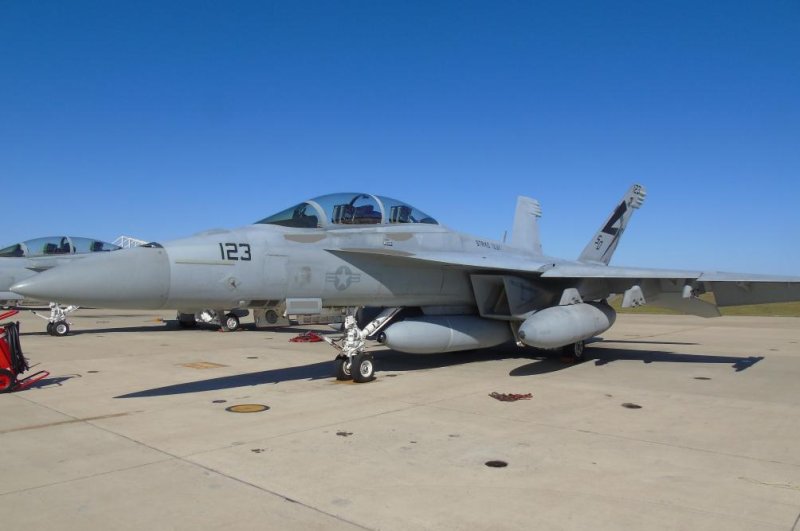Jan. 15 (UPI) -- Boeing and the U.S. Navy flew an F/A-18 Super Hornet tactical aircraft equipped with an Infrared Search & Track Block II pod for the first time in late 2019, Boeing announced on Wednesday.
The IRST Block is a passive, long-range sensor incorporating infrared and other sensor technologies for targeting, with the new version a key part of Block III upgrades to the Super Hornet, the company said.















